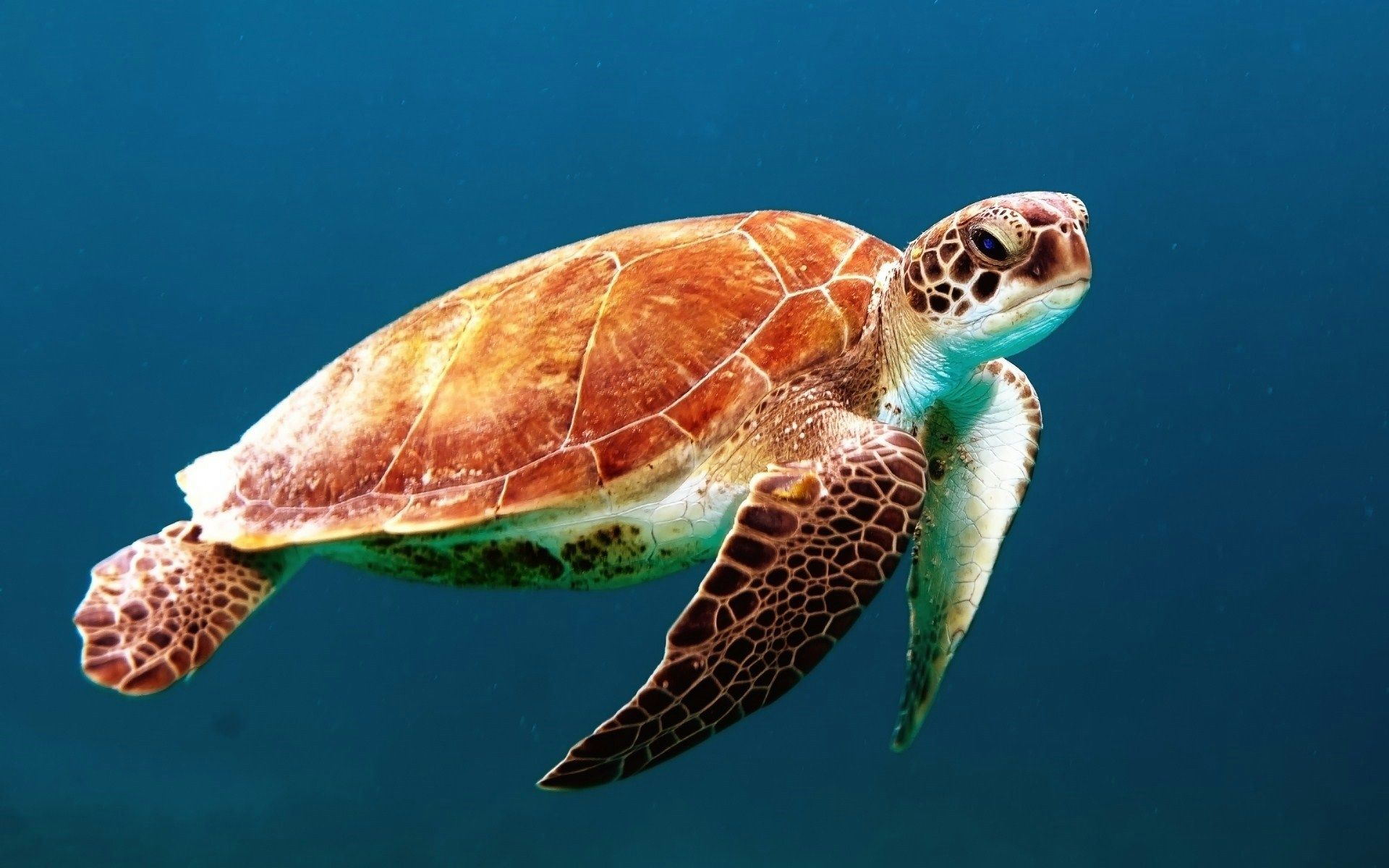In 2019, IPBES stated that « marine ecosystems, from coastal areas to the high seas, are currently influenced by human activities; the extent and condition of coastal ecosystems show both significant historical losses and a rapid current decline » [1]. As with terrestrial biodiversity, the situation is alarming: only 13% of global marine areas are unaffected by human pressure [2]; more than a third of all marine mammals are threatened; and 38% of fish stocks are overexploited [3].
In its two latest reports published in 2024 [4], IPBES highlights that many global marine ecosystems have been overexploited and degraded by human activities and advocates for the improvement of integrated management of terrestrial and marine landscapes as a solution to reverse the loss of marine biodiversity.
Earlier in 2024, in September, the « Planetary Health Check » reported the imminent crossing of a seventh planetary boundary [5], the ocean acidification threshold. Like other planetary boundaries, it is a physical threshold beyond which the environment could be destabilized irreversibly, with major and unpredictable impacts on living beings.
In 2024, the French government also decided that 2025 would be the « Year of the Sea » in France. This year will feature partner events and a deployment of actions and projects labeled « The Sea in Common. » The Third United Nations Ocean Conference will take place in Nice in June 2025, with the main theme being « accelerating action and mobilizing all actors to conserve and sustainably use the ocean. »
To kick off this Year of the Sea, Carbone 4 proposes to take stock of the current level of knowledge and understanding of the impacts of human activities on marine biodiversity, the available tools, and their limitations.
Definition of Marine Biodiversity
Life appeared on Earth in the oceans about 3.8 billion years ago. It was much later, around 400 million years ago [6], that life emerged on land. Seas and oceans represent nearly 71% of the Earth’s surface and host a complex biodiversity that is still poorly understood. Researchers estimate that 8.7 million species exist on Earth, with 2.2 million marine species [7]. To date, fewer than 280,000 marine species have been recorded, representing 13% of the total species documented on the planet [8].
The Convention on Biological Diversity (CBD) defined biodiversity in 1992 as « the variability of living organisms of all origins, including, among others, terrestrial, marine, and other aquatic ecosystems, and the ecological complexes of which they are part. »
Marine biodiversity refers to all marine living organisms, the ecosystems [9] in which they live, and the interactions between species and their environments [10]. Like terrestrial biodiversity, marine biodiversity spans a wide variety of ecosystems, from open water habitats to coastal areas (estuaries, lagoons, reefs, mangroves) and offshore zones (plateaus, ocean plains, and abysses). Examples of marine ecosystems include coral reefs, which host a wide diversity of fish, corals, mollusks, and other marine species; estuaries, where freshwater rivers meet the salty ocean waters, creating unique habitats for many fish, crustaceans, and birds; and the abyssal zones, deep and inaccessible areas of the oceans, home to species adapted to extreme pressure and temperature conditions, such as deep-sea fish, cold-water corals, and unique invertebrates.
This marine biodiversity has many particularities, making it a complex subject to study: the difficulty of accessing the environment for research, the three-dimensional structure of seas and oceans, the high mobility of marine species that can migrate over long distances, symbiotic relationships between species, and the complexity of food webs.
Why Is Marine Biodiversity Essential to Humanity?
The Impacts of Human Activities on Marine Biodiversity
Despite the threats from multiple pressures, marine biodiversity plays a central role in the functioning of the Earth’s system. It is degrading at an unprecedented rate and intensity. For example, one-third of the species contributing to coral reef formation are threatened with extinction [11], and 33% [12] of global fish stocks are overexploited.
Human activities exert five direct or indirect pressures on marine environments:
- Overexploitation of marine resources
- Destruction of natural habitats
- Climate change (warming and acidification of oceans)
- Pollution (plastic pollution, chemical pollution)
- Introduction of invasive exotic species
Figure 1 describes the human activities associated with each of these pressures as identified by IPBES, providing some statistics and detailing the detrimental consequences on marine biodiversity; the decline of marine species populations is about 56% since the 1970s [13].


